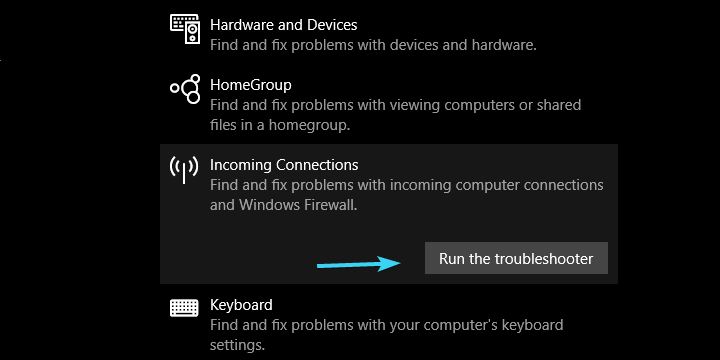
 Right-click Start, and click “Device Manager”. It most often comes in the form of an archive (.zip or. Head over to the manufacturer’s website of your network adapter and download the appropriate version. There might be the possibility that the current version of the network drivers is not compatible with Windows 10 causing some Wi-Fi networks to not appear. Step 4: Update the Wi-Fi network card (WLAN) drivers If it’s still there bothering you then it implies that there might be something wrong with the drivers. This should eliminate any network problem that you had previously. Close the command prompt after successfully executing the command. Type in the following command and press ENTER: netsh advfirewall firewall set rule group="Network Discovery" new enable=Yes. This time a slight bit differently though. We are going to turn on the Network discovery for all the networks this time. Step 3: Turn on the Network Discovery for all network profiles: Make sure it’s active if it is not currently, click on the “ Turn on network discovery” radio button. Among many others, there should be a section named “Network discovery” around the top. You should now be on a page with the heading “Change sharing options for different network profiles”. Click the “Change advanced sharing settings” in the left-hand top corner. Click “Network and Internet” which will lead you to the “Network and Sharing Center”.
Right-click Start, and click “Device Manager”. It most often comes in the form of an archive (.zip or. Head over to the manufacturer’s website of your network adapter and download the appropriate version. There might be the possibility that the current version of the network drivers is not compatible with Windows 10 causing some Wi-Fi networks to not appear. Step 4: Update the Wi-Fi network card (WLAN) drivers If it’s still there bothering you then it implies that there might be something wrong with the drivers. This should eliminate any network problem that you had previously. Close the command prompt after successfully executing the command. Type in the following command and press ENTER: netsh advfirewall firewall set rule group="Network Discovery" new enable=Yes. This time a slight bit differently though. We are going to turn on the Network discovery for all the networks this time. Step 3: Turn on the Network Discovery for all network profiles: Make sure it’s active if it is not currently, click on the “ Turn on network discovery” radio button. Among many others, there should be a section named “Network discovery” around the top. You should now be on a page with the heading “Change sharing options for different network profiles”. Click the “Change advanced sharing settings” in the left-hand top corner. Click “Network and Internet” which will lead you to the “Network and Sharing Center”. 
So, let’s start the investigation by checking the Network discovery options.

Many users have stated that they are having difficulties connecting to the current networks it, in fact, won’t show anything at all.
After verifying and fixing the Service configuration, close the Services console.įor more information, check out the article Windows 10 Default Services Configuration. Make sure that the following services are running, and the startup type is correctly set:. Windows 10 Does Not Show Available Wi-Fi Networks (SSID) Step 1: Check your Services configuration Here is the comprehensive list for troubleshooting which if followed properly should make Windows 10 show all available Wi-Fi networks in your vicinity. The “missing Wi-Fi networks” problem may be seen only for logged in users. In some cases, the command netsh wlan show networks (from a Command Prompt window) may show the list of available Wi-Fi access points (SSIDs) correctly, but the GUI may indicate no wireless networks are available.ĭespite this problem, the Lock Screen may show the list of available Wi-Fi networks and you should be able to choose the network via the Wi-Fi icon in the bottom right corner. Workaround: Connect to a Wi-Fi network via the lock/login screen










